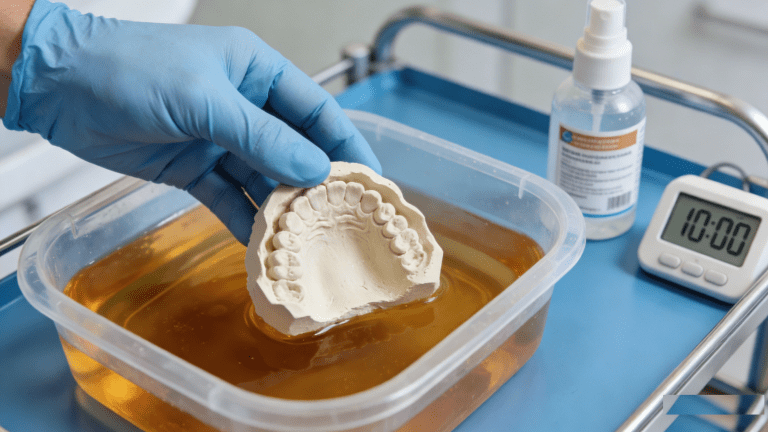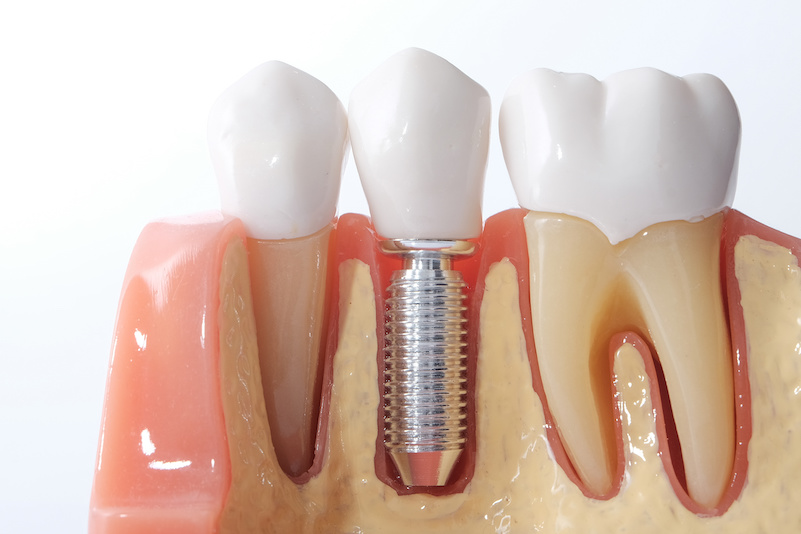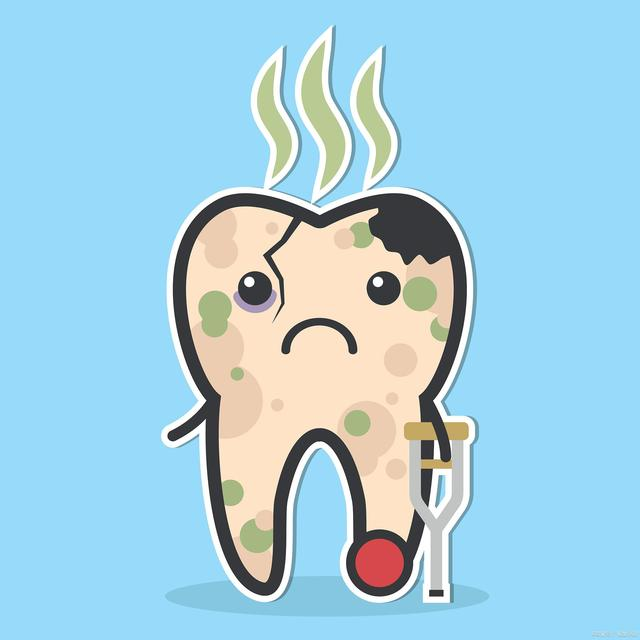IMPLANTOLOGY
Implant Definition: Any object or material such as an alloplastic substance or other tissue which is partially or completely inserted and grafted into the body for therapeutic, diagnostic, prosthetic and experimental purposes.
Dental Implant Definition: A prosthetic device or alloplastic material implanted into the oral tissue beneath the mucosal and/or periosteal layer and on/or within the bone to provide retention and support for a fixed or removable prosthesis.
Dental Implants or Implantology in Dentistry is completely based on the process of Osseo integration. In the recent years, there has been a shift from philosophy of saving teeth at all costs to one of extracting compromised teeth and replacing them with dental implants for a better and more predictable long-term outcome.
Dental implants have come in very hard competition to Porcelain crowns and Fixed partial dentures in process of replacing missing teeth.
History of Dental Implants:
- 600 A.D: Skulls with metal or stone implants have been found in a gallo-roman necropolis
- 16th – 17th century: Implants were first seen in Egyptians who used Shells and carved them In the shape of tooth and by making slots in the bone of the jaws these tooth like shells were hammered in and would wish for the shells to fuse with the bone, which might have worked as shells are made up of Calcium and Carbonates as bones.
- 18th century: The use of vulcanite, gold, and ivory was started for implants, which was quite popular in this period but because of the lack of osseointegration property it was not followed into the next century.
- In 1806, the Italian M. Magiolo attempted to place solid gold roots in human jaws
- 19th century: Several other investigators used Porcelain and Metallic Implants.
- 1937: Adams submergiblethreaded cylindrical implant with round bottom
- 1938: Strocks threaded Vitallium implant (Cobalt + Chrome + Molybdenum)
- 1943: Dahl placed Sub Periosteal implants in cobalt chrome molybdenum casting.
- In 1952, Prof. Per Ingvar Branemark, a Swedish surgeon accidently discovered that titanium can directly osseointegrate with the bone when implanted. This concept was proved and accepted successfully in 1982 at an International conference in Toronto.
- 1960’s: Pin, Screw and cylinder implants were used. Along with aFibrousperi-implant membrane , which claimed to have shock absorbing property.
- 1967 – Blade implants were introduced
- 1975 – Transosteal implants
- 1978 – The First Dental Implant Conference sponsored by NIH and Harvard University was conducted.
- 1982: Branemark’s theory of Osseointegration was proved and approved at this International conference in Toronto, which is a huge breakthrough in Dental History.
Topics under Dental Implants:
- 1.Basic Anatomy of Maxilla, Mandible and Skull.
- 2.Shape, Structure, Consistency and types of Bone.
- 3.Implant Microstructure and Macrostructure.
- 4.Complete Instrumentation for Surgical procedure of Dental Implants.
- 5.Medical evaluation of the patient with laboratory tests.
- 6.Patient Evaluation in Surgical, Esthetic and functional success.
- 7.Patient evaluation for the risk of Implant Failure.
- 8.Dental History.
- 9.Dental implants in Periodontally compromised patients.
- 10.Treatment Planning – Diagnostic techniques, Implant selection, provisional phase, immediate, early and delayed loading.
- 11.Single tooth Replacement
- 12.Implant Supported Fixed partial denture.
- 13.Treatment plan for Completely Edentulous patient.
- 14.Bone Augmentation
- 15.Dental Implant Maintenance
- 16.Dental implants in Orthodontic patients.
- 17.Management of Life threatening Surgical complications
The Various types of Dental implants used today:
- 1.Sub- Periosteal implants
- 2.Transosteal implants
- 3.Endosteal implants
- 4.Overdentures
The Main types of Designs used in Implant dentistry today:
- 1.Screw-shaped implant form
- 2.Cylinder shaped implant form
- 3.Hollow basket implant form
VARIOUS IMPLANT SYSTEMS – At present more than 25 types are available. Best systems used most commonly by dentists today are:
- 1.Noble pharma system
- 2.ITI System
- 3.IMZ(Intramobile zylinder) system
- 4.Integral system
- 5.Astra dental implant system
Materials used for Dental Implants:
Most commonly used and popular Bio materials used:
- 1.Commercially pure titanium
- 2.Plasma sprayed titanium surfaces
- 3.Plasma sprayed hydroxyapatite surfaces
The other materials which were used earlier are:
- Platinum
- Silver
- Cobalt Alloys
- Steel
- Lead
- Titanium
- Tungsten
- Gold
- Tantalum
- Ceramics
- Polymers & Composites
- Carbons
- Zirconium
Indications for Using Dental Implants:
- 1.For completely edentulous patients with advanced residual ridge resorption, where it is difficult to obtain adequate retention
- 2.For partially edentulous arches where removable partial dentures may weaken the abutment teeth and also provide reduced masticatory efficiency
- 3.For single tooth replacements where fixed partial dentures cannot be placed
- 4.Patients desire i.e. for esthetics
- 5.For retaining maxillofacial prosthesis in oral & maxillofacial surgery
- 6.For skeletal anchorage in orthodontics
Contraindications for Using Dental Implants:
- 1.Contraindications in medically compromised patients who cannot undergo surgery
- 2.Contraindicated in patients with aggressive periodontitis because of severe resorption of the alveolar bone
- 3.In patients who don’t maintain good oral hygiene, due to high chance of Failure.
- 4.Contraindicated in patients with severe loss of Alveolar Ridge.
Implants have come out to be the best choice for replacing missing tooth, the earlier concept of saving tooth at any cost which was not perfect has been replaced by replace compromised tooth with a Dental implant which is stronger, durable and very aesthetic compared to the other procedures in use today.
Implant Dentistry is a growing market which will be very successful in the near future.

How to Disinfect Dental Impressions: A Complete Guide for Alginate and Other Materials
Proper disinfection of dental impressions is not just a best practice—it’s a critical step in infection control that protects your patients, your staff, and your laboratory team. Failing to adequately disinfect an impression can become a vector for cross-contamination, carrying blood, saliva, and microorganisms from the operatory to the lab bench. This guide will walk […]
Application of Artificial Intelligence (AI) in Dentistry
In 2025, the oral health sector has witnessed several authoritative innovations and developments, covering technological advances, treatments, care tools, and integration with overall health. The following is a detailed analysis based on authoritative sources such as academic journals and industry reports, which comprehensively covers the above key points and more details. Application of Artificial Intelligence […]
Is Dental Bone Graft More Valuable Than Gold?
Dental Bone Graft: A Cornerstone of Regenerative Dentistry Dental bone graft is a biocompatible material used in dentistry to regenerate bone in areas where there has been bone loss, often due to tooth extraction, periodontal disease, or trauma. This material provides a scaffold for new bone growth, helping to restore bone volume and density, which […]




